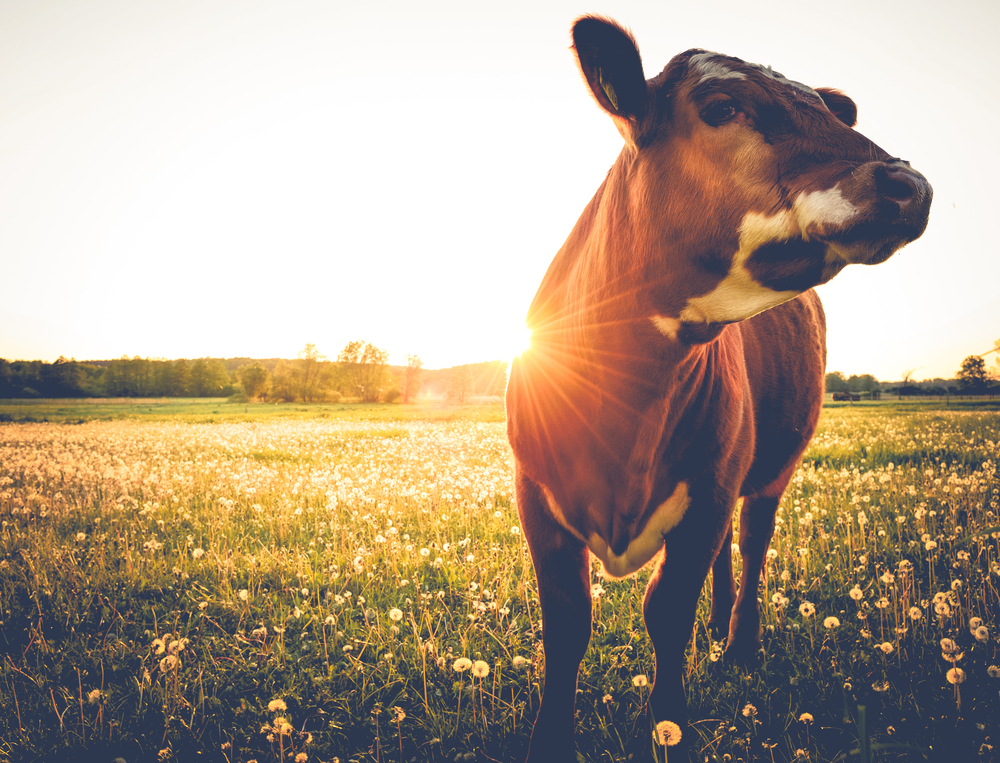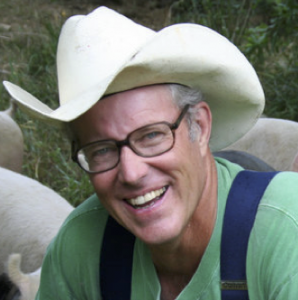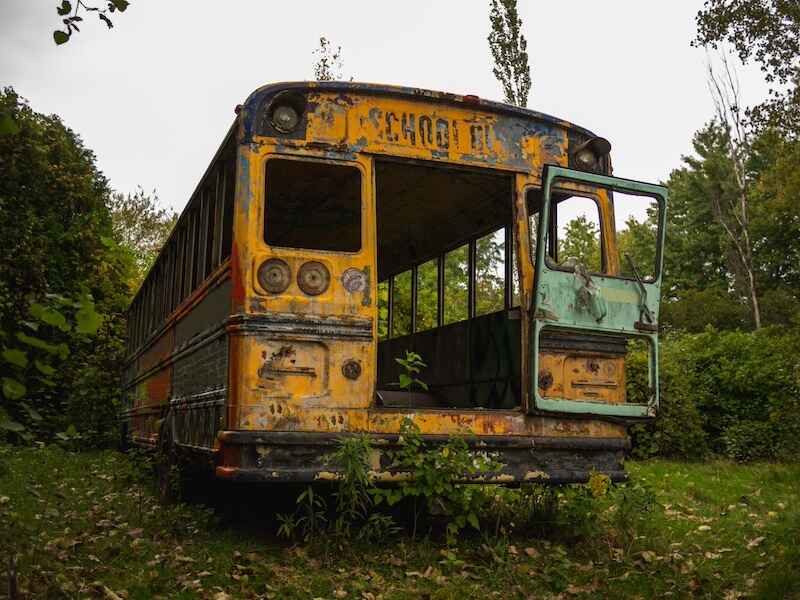A Lesson in Culture and Respect… From a Cow
Joel Salatin|November 24, 2020

Last week the cows taught us something that is a good lesson for humans. But before I tell the story, I offer a caveat.
It’s hard to make a parable walk on all fours. In other words, a parable has a main point… but if you try to microanalyze it so that every part of it works, you can strain some things.
So just let the story unfold.
A Good Deal
Cattle farmers have an extremely specific vocabulary when talking about bovines.
Cows are mothers. Calves are children. Heifers are unbred females. Steers are castrated males. Bulls are intact males.
To be sure, we use the word “cows” as the most all-encompassing word. But a cow is definitely not a steer, and a heifer is not a calf.
Earlier this month, an elderly farmer wanting to liquidate his little herd of 15 cows and 15 calves contacted us about buying the whole lot so he wouldn’t have to send them through the live animal auction. That way he wouldn’t have to pay the auction commission and he thought he might get a better price.
We took a look at them and agreed to a deal. Both of us thought we’d made a good deal, which is a perfect outcome in a negotiation.
On our farm, we use electric fence everywhere and move the herd daily. Our animals are used to us being around them. They’re used to our call of “Come on, coweeees!” And they of course are well-trained to the electric fence.
We have several herds: stockers (weaned calves), finishers (calves almost ready for slaughter), mama cows and their calves still nursing, and our home hodgepodge group.
Most of these herds are on rental farms scattered around the community. The hodgepodge group here at home has everything from late finishers to calves that need some additional attention. We can provide our best care and babysitting here at our home farm. We call it “Polyface Central.”
Because this group of 15 cows and 15 calves was not trained to an electric fence, was not used to being moved every day and was not used to people, we decided to add it to our home herd rather than risk issues at the rental places.
Besides, this was a perfect fit for the hodgepodge group. We kept the 30 new ones in a corral for a couple of days with a training electric fence and then dumped them in with about 60 other well-trained steers and heifers. The hodgepodge group had no mama cows until these new ones joined it.
Who’s the Boss?
Every herd has a hierarchy. You’re likely familiar with the phrase “peck (or pecking) order,” which originates from chickens… but, trust me, all animal groups have a peck order.
The boss animal in a group of bovines needs to do nothing more than flick an ear to communicate, “Back off, you’re invading my space.” After the initial head-butting and pushing, none of the other animals dares to question the boss.
The new group did its normal head-butting and cavorting, then settled down to graze.
That evening, when I went out to move them, as soon as I got near the herd, the new ones (30 in all) headed to the back of the paddock.
As soon as I called, they tucked tail and ran pell-mell through the electric fence, stopping a hundred yards away. The group of young stock that had two years of daily moves and routine discipline under their belt moved fine.
We rounded up the newbies and brought them into the new paddock where they quickly went to grazing because the fresh grass was lush and tasty.
The next day, the same thing happened. Ditto day three.
By now I’m trying to figure out how to get this new group assimilated.
But a strange thing happened on day four. I called and nobody came.
Instead, when the old cows that were new to us headed away from me, all of our well-disciplined young stock followed them. Nobody would come to my call.
Build Trust
It suddenly dawned on me that because hierarchy is profoundly age-oriented in animals, in only a few days, these new matriarchs I’d brought in, although a tiny fraction of the herd, led everyone astray.
Even though the young stock knew the drill (a fresh paddock of succulent grass) after two years of routine, they lost it all when these untrained matriarchs came along.
I realized that these old cows had no trust in humans. They certainly didn’t appreciate my call – they thought I was yelling at them.
So the next day I changed my procedure. No call. All silent. I simply rolled up the front electric fence and let them watch me. A couple of the two-year-olds stepped forward and through the opening. I rolled up almost the entire break fence and just waited. Eventually the old cows came straggling through.
Now merely five days later, the whole herd is moving, responding to my call and totally getting it.
More Like Cows
What strikes me about this story is the respect young stock have for their elders. On our farm, we even practice late weaning, which is opposite the conventional mindset. We find that late weaning makes calves much more adventuresome to try unusual weeds and forages because the cows teach their young ‘uns to try a larger variety of plants.
I suppose every generation has decried the waywardness of their youth offspring. But it seems to me, with the advent of social media, this historical tendency is on steroids.
While I appreciate youthful innovation, a little appreciation and respect for elders might be a valuable cultural trait. I wouldn’t mind seeing us be a little bit more like cows.
How about you? Send your thoughts to mailbag@manwardpress.com.

Joel Salatin
Joel Salatin calls himself a Christian libertarian environmentalist capitalist lunatic farmer. Others who like him call him the most famous farmer in the world, the high priest of the pasture, and the most eclectic thinker from Virginia since Thomas Jefferson. Those who don’t like him call him a bioterrorist, Typhoid Mary, a charlatan, and a starvation advocate. With a room full of debate trophies from high school and college days, 12 published books, and a thriving multigenerational family farm, he draws on a lifetime of food, farming and fantasy to entertain and inspire audiences around the world.



